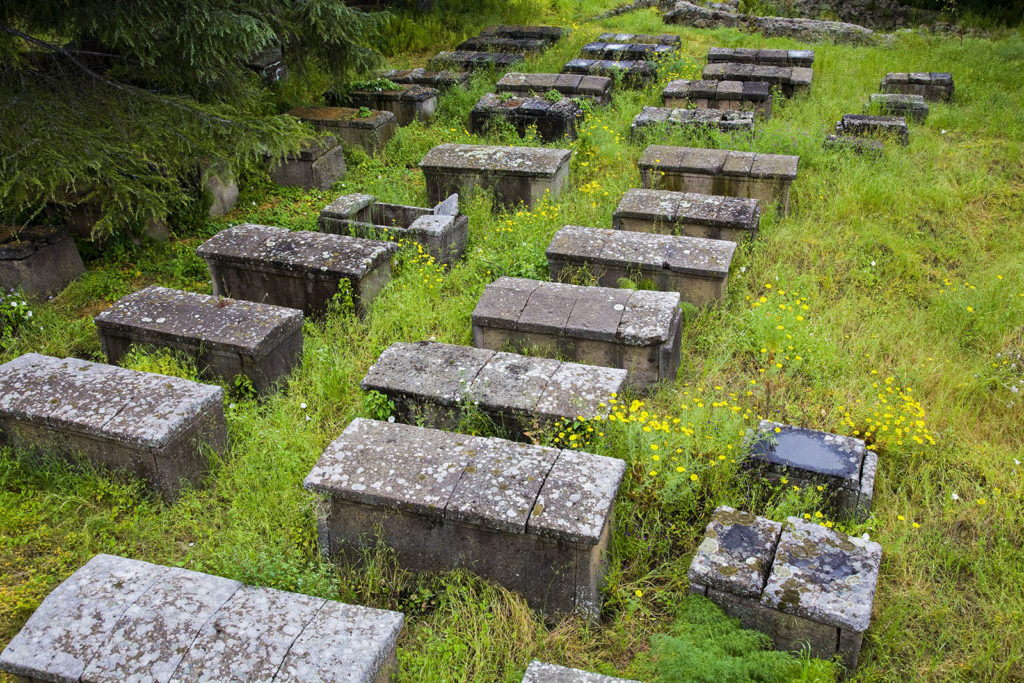The oldest church in the Castle is the Cathedral, dedicated to
St. Bartholomew
, It is located in the centre of the Castle’s concourse, and was built by the Normans between 1100 and 1200. The current façade was built in 1861 together with the unfinished bell tower. The Norman cathedral was part of the convent of the Benedictine monks, of whom Ambrose was Abbot, assigned by Count Roger to Lipari in 1083 to repopulate the island, which had remained deserted after the Arab raid in 838. Remarkable parts of this Monastery remain visible, or have been brought to light by excavations.

Wolfgang Kronig, an expert in Norman architecture in Sicily, believed that the building did not date from 1083 but a later time, not before the age of Roger II, namely 1131, thanks to a typological comparison with similar Benedictine abbeys in Europe, the iconographic analysis of the decorations of the
capitals
and, finally, the system covering the ambulatory of the cloister, made with
cross vaults
rather than wooden
trusses
like in the other Norman cloisters of Sicily (Monreale, Cefalù). In the Norman construction of the Cathedral you can now visit the cloister next to the cathedral on the south side.
The reconstruction of the new cathedral in the second half of the 16th century destroyed the entire north side, but the ambulatory is preserved on the other three sides.
The
ambulatory
was built with stone blocks, columns and capitals recovered from the oldest houses of the Roman and medieval ages. The capitals are decorated with figures of animals (doves, lions and fantastic animals) and plant motifs (flowers and fruits), the work of Calabrian-Sicel artisans with influences from the Byzantine tradition.